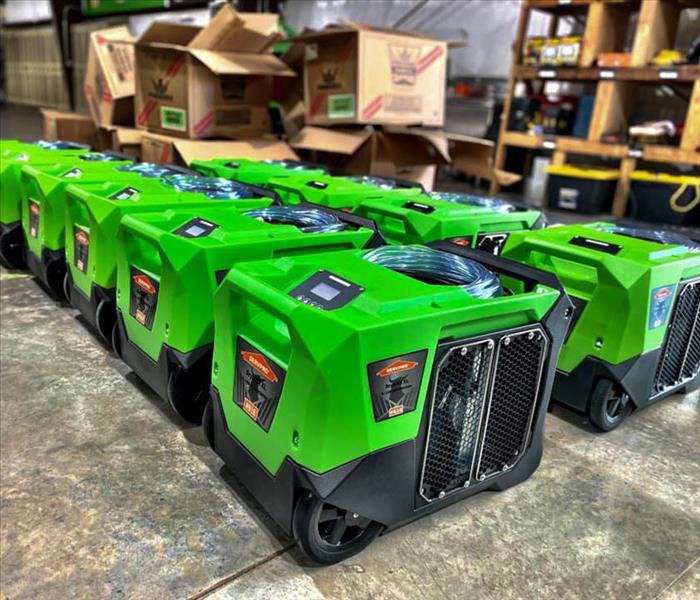Decoding the Language of Water Damage Restoration: A Comprehensive Guide of Terminology
10/15/2023 (Permalink)
 Familiarizing yourself with the terminology used in water damage restoration can help you better understand entire the restoration process!
Familiarizing yourself with the terminology used in water damage restoration can help you better understand entire the restoration process!
Navigating the world of water damage restoration can be overwhelming, especially when faced with unfamiliar terminology. Understanding the key terms used in the industry is essential for effective communication and ensuring the best possible restoration outcomes. In this blog post, we'll provide a comprehensive glossary of water damage restoration terminology to help you comprehend the various concepts, techniques, and equipment involved in the restoration process.
1. Water Damage Categories
Category 1: Clean Water - Water from a clean source, such as a broken pipe or faucet, does not pose an immediate health risk.
Category 2: Grey Water - Water that may contain contaminants and can cause illness if ingested. Examples include dishwasher or washing machine overflow.
Category 3: Black Water - Highly contaminated water that poses substantial health risks. This includes sewage backups, floodwaters, or water from natural disasters.
2. Water Damage Classes
Class 1: Minimal Porosity Materials Affected - Only a small area is affected, and materials have a low water absorption rate.
Class 2: Significant Porosity Materials Affected - A larger area is affected, and materials have a moderate water absorption rate.
Class 3: Excessive Porosity Materials Affected - The greatest amount of water absorption by highly porous materials such as carpet, padding, and walls.
Class 4: Specialty Drying Situations - Unique materials, advanced drying techniques, and extended drying times are required.
3. Mold Remediation
Mold: Fungi that grows in moist environments and can cause serious property damage.
Mold Remediation: The process of removing and preventing the growth of mold in a water-damaged area.
HEPA (High-Efficiency Particulate Air) Filtration: An air filtration device that captures and traps microscopic particles, including mold spores.
4. Drying Techniques and Equipment
Dehumidifier: A device that removes excess moisture from the air, promoting faster drying.
Air Movers: High-velocity fans that facilitate evaporation and promote air circulation for faster drying.
Injectidry System: A specialized drying system that directs air into cavities, such as walls or ceilings, to promote thorough drying without the need for demolition.
Moisture Meter: A handheld device that measures the moisture content of materials to determine the extent of water damage and monitor the drying progress.
5. Restoration Procedures
Water Extraction: The process of removing standing water from a water-damaged area using pumps, vacuums, or other specialized equipment.
Structural Drying: The process of drying out the structure and materials affected by water damage, including walls, floors, and ceilings.
Content Restoration: The cleaning, deodorizing, and restoration of personal belongings affected by water damage, such as furniture, clothing, or electronics.
Odor Control: The process of eliminating or neutralizing unpleasant odors caused by water damage using deodorizing techniques and products.
Familiarizing yourself with the terminology used in water damage restoration can help you better understand the restoration process, communicate effectively with professionals, and make informed decisions. This glossary provides a solid foundation of key terms related to water damage categories and classes, mold remediation, drying techniques and equipment, and restoration procedures. By gaining knowledge in this area, you'll have the confidence to navigate the world of water damage restoration and ensure the best possible outcomes for your property.



 24/7 Emergency Service
24/7 Emergency Service